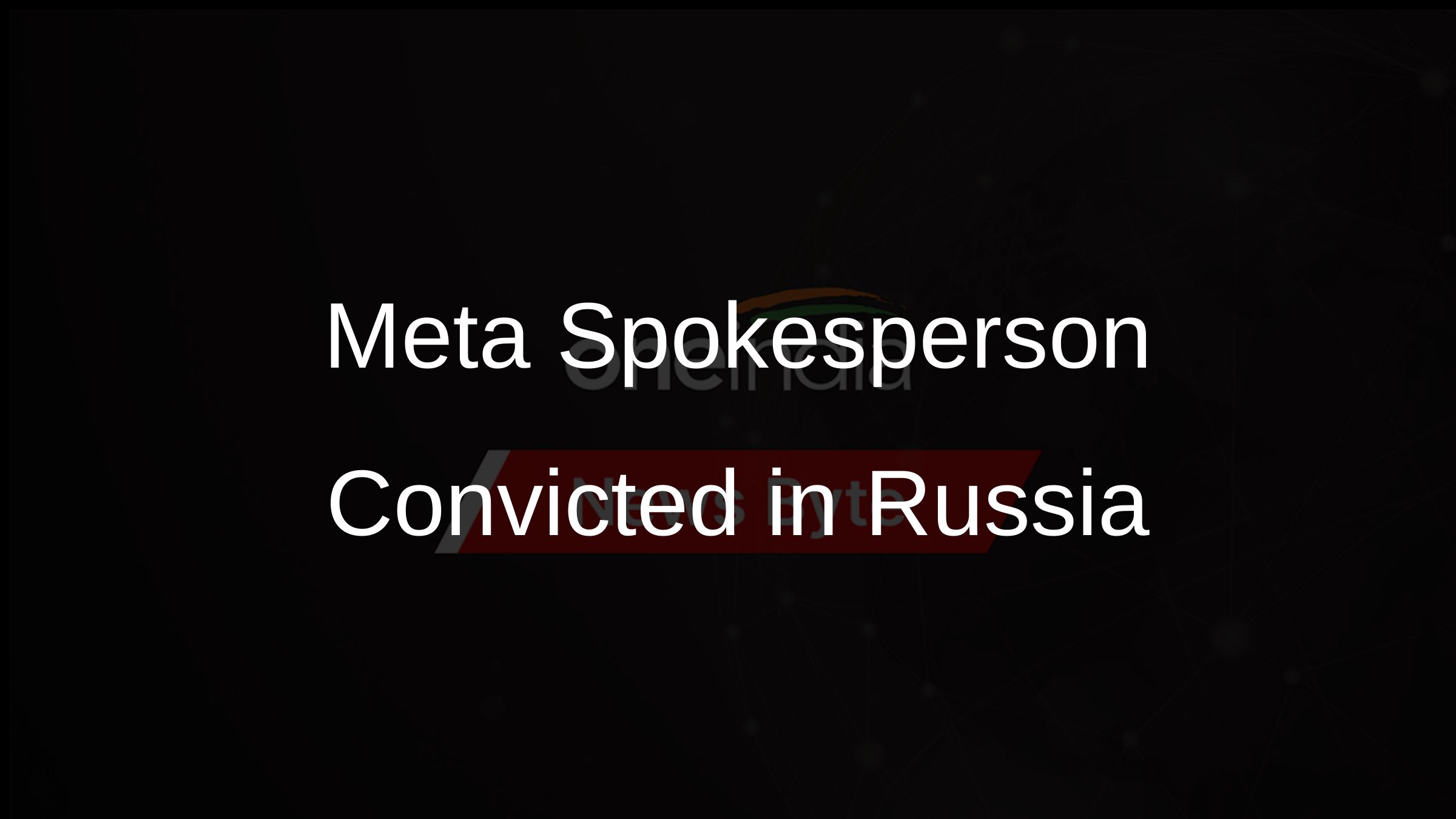Brazilian beetle may hold secrets for Next Gen ultrafast optical computers
Washington, May 20 : Scientists endeavouring to realise ultrafast optical computers have now turned to a beetle from Brazil, named Lamprocyphus augustus, for inspiration.
Michael Bartl, an expert from the University of Utah, believes that the iridescent green scales of the beetle may help scientists gain a better understand of how to design photonic crystals ideal for optical computers that will run on light (photons) instead of electricity.
"It appears that a simple creature like a beetle provides us with one of the technologically most sought-after structures for the next generation of computing. Nature has simple ways of making structures and materials that are still unobtainable with our million-dollar instruments and engineering strategies," says Bartl.
He says that though there are many proposals for how light can be manipulated and controlled in new ways by photonic crystals, a lack of proper materials to create ideal photonic crystals has been marring their efforts to manipulate visible light.
And diamond, he says, cannot be used as photonic crystals because their atoms are packed too tightly together to manipulate visible light.
Bartl says that all that scientists now require to engineer optical circuits that can manipulate visible light is a diamond-like structure with large "photonic bandgaps".
He says the beetle was interesting because it was iridescent regardless of the angle from which it was viewed, unlike most iridescent objects that appear that way only when viewed at certain angles.
According to him, green light cannot penetrate the crystal structure of the beetle's scales, which act like mirror to reflect the light, making the creature appear iridescent green.
Bartl says that a preliminary electron microscope examination has shown that the beetle's scales do not have the structure typical of artificial photonic crystals.
The researcher says that a single beetle scale is not a continuous crystal, but includes some 200 pieces of chitin, each with the diamond-based crystal structure but each oriented a different direction.
Thus each piece reflects a slightly different wavelength or shade of green.
"Each piece is too small to be seen individually by your eye, so what you see is a composite effect," with the beetle appearing green from any angle, Bartl says.
Writing about the research team's findings in the journal Physical Review E., Bartl revealed that he and his colleagues are trying to design a synthetic version of the beetle's photonic crystals, using scale material as a mold to make the crystals from a transparent semiconductor.
ANI


 Click it and Unblock the Notifications
Click it and Unblock the Notifications




